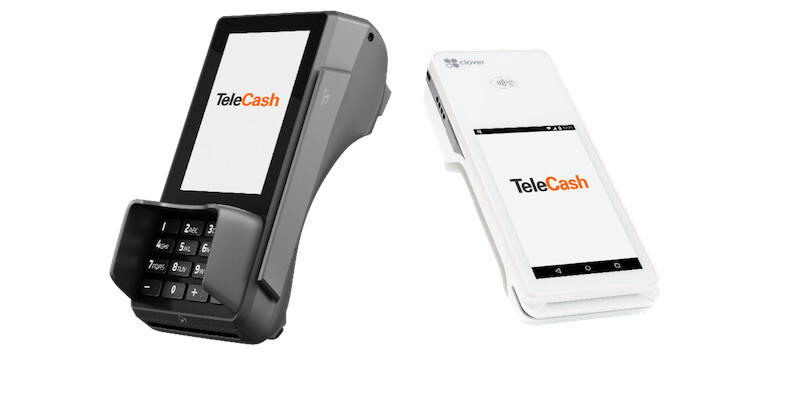
A disruption at the payment service provider TeleCash led to disruptions in card and smartphone payments nationwide on Thursday. But what is TeleCash and how does the system work?
Cashless payments have become increasingly popular in Germany in recent years. In 2009 it was Cash ratio in retail sales still at around 60 percent.
However, by 2023 the picture will have changed. Cash as the most popular means of payment has been replaced by card payments, which now account for around 62 percent of retail transactions.
Software problem paralyzes card payments
Of course, it’s all the more annoying when paying with a Girocard, debit or credit card doesn’t work. This was the case on Thursday this week due to a disruption at various payment service providers at many checkouts.
According to the payment service provider TeleCash There was a software issue on Thursday that “temporarily affected the connection to parts of our payment/processing systems.” But other providers, such as Nexi, also had problems.
However, the German Banking Industry, the joint interest group of German banks, has now given the all-clear. There are “no more disruptions to payments with debit and credit cards,” it says in a statement. But how could this disruption come about and what is actually behind the payment service provider TeleCash?
After a disruption: What actually is TeleCash?
TeleCash is one of the largest payment service providers ever. The company was founded in Stuttgart in 2003 and is now part of the US payment service provider Fiserv.
TeleCash offers, among other things, card readers for retailers and thus also the processing of card payments at the checkout. Shop owners receive stationary or internet-based terminals for card payments from the company.
These accept payments with Girocard, the former EC card, as well as with credit or debit cards such as Mastercard or Visa. But contactless payments with a smartphone or smartwatch are also possible here.
How does card payment work?
Nowadays, if you pay with your Girocard, a debit or credit card, the Girocard process runs in the background. This is an electronic payment system in which you authorize the payment process by entering your PIN.
For example, if you pay with your smartphone, you authorize the payment using a biometric process, such as your fingerprint or facial recognition.
This Girocard process has been around since 2007. At that time, German banks and savings banks set the Girocard as the new standard for payment systems and ATMs.
This replaced the previously predominant EC card and also the electronic cash method, even if it is still popular today.
Also interesting:
- Activate Cell Broadcast on the iPhone – here’s how
- ECJ ruling: Why does Apple have to pay back taxes to the EU?
- Study: Germany is lagging behind when it comes to future technologies – that’s why
- After takeover: This is how high the loss of Twitter investors is
The article Disturbance in card payments: What is TeleCash actually? by Maria Gramsch first appeared on BASIC thinking. Follow us too Facebook, Twitter and Instagram.
As a Tech Industry expert, I believe that Card payment disruption is a crucial aspect of the financial technology sector. TeleCash is a mobile payment solution that allows users to make transactions using their smartphones, without the need for physical cards. This technology has the potential to revolutionize the way we make payments, offering a more convenient and secure option for consumers.
TeleCash leverages the power of mobile technology to enable seamless and efficient transactions, reducing the reliance on traditional payment methods. This not only benefits consumers by offering a more convenient way to pay, but also opens up new opportunities for businesses to streamline their payment processes.
Overall, TeleCash represents the next evolution in payment technology, offering a glimpse into a future where cash and cards are no longer necessary. The potential for disruption in the card payment industry is significant, and businesses that embrace these innovations will be well positioned to thrive in the digital economy.
Credits